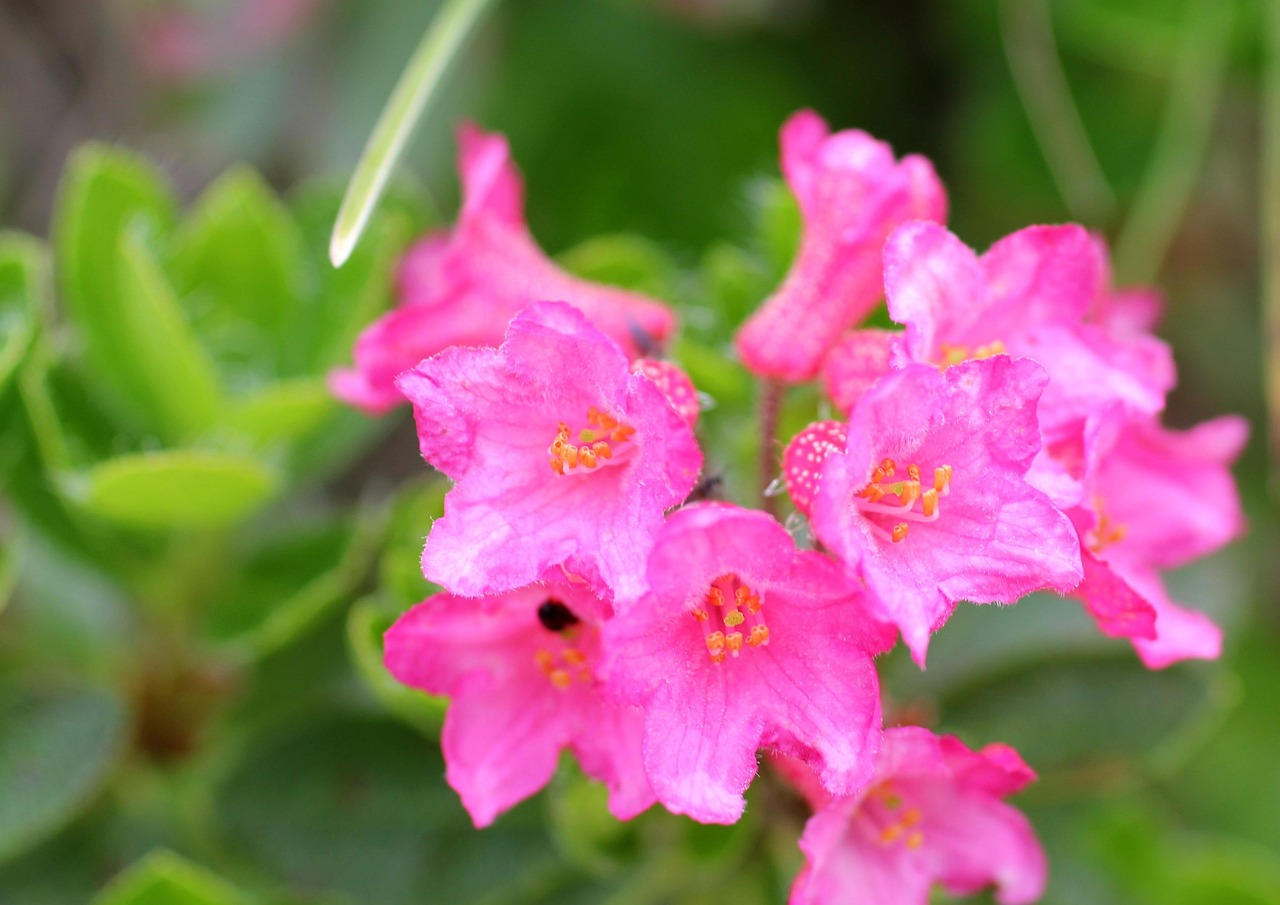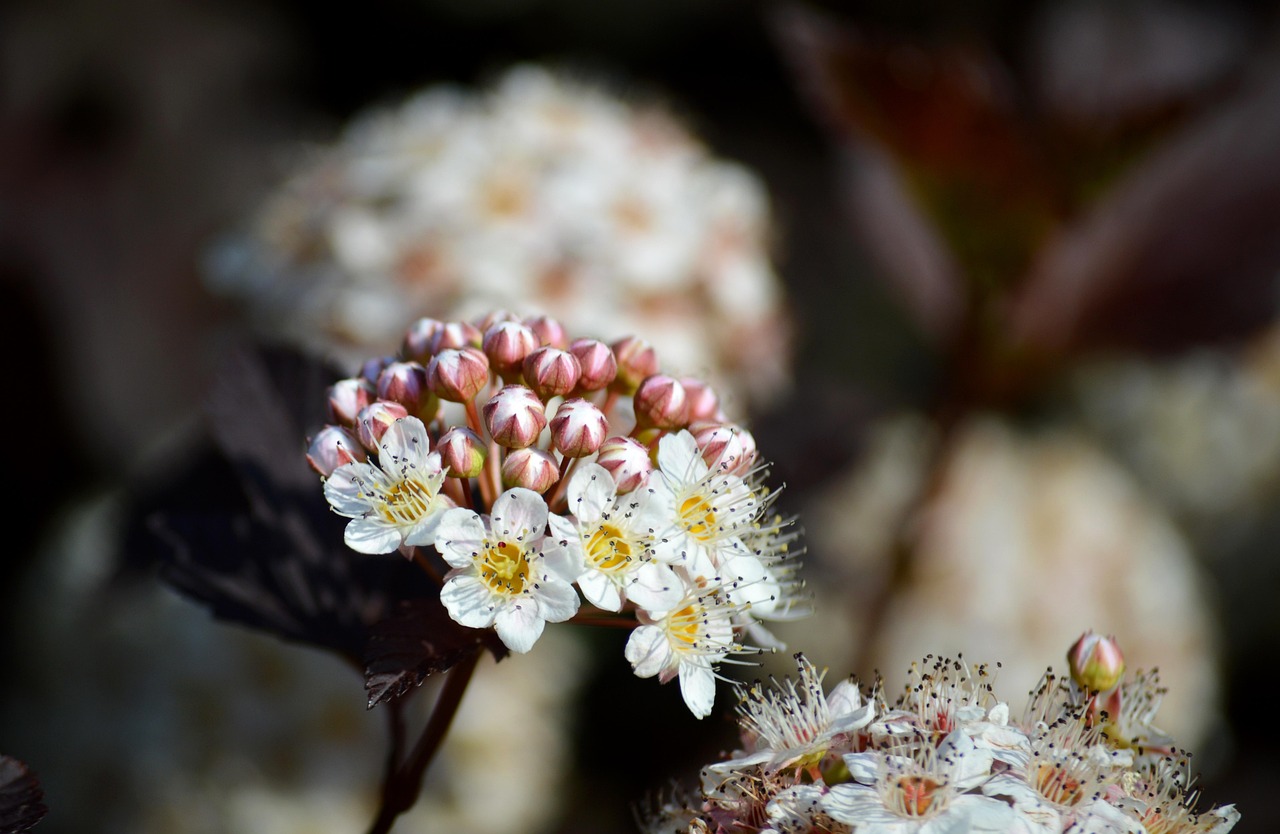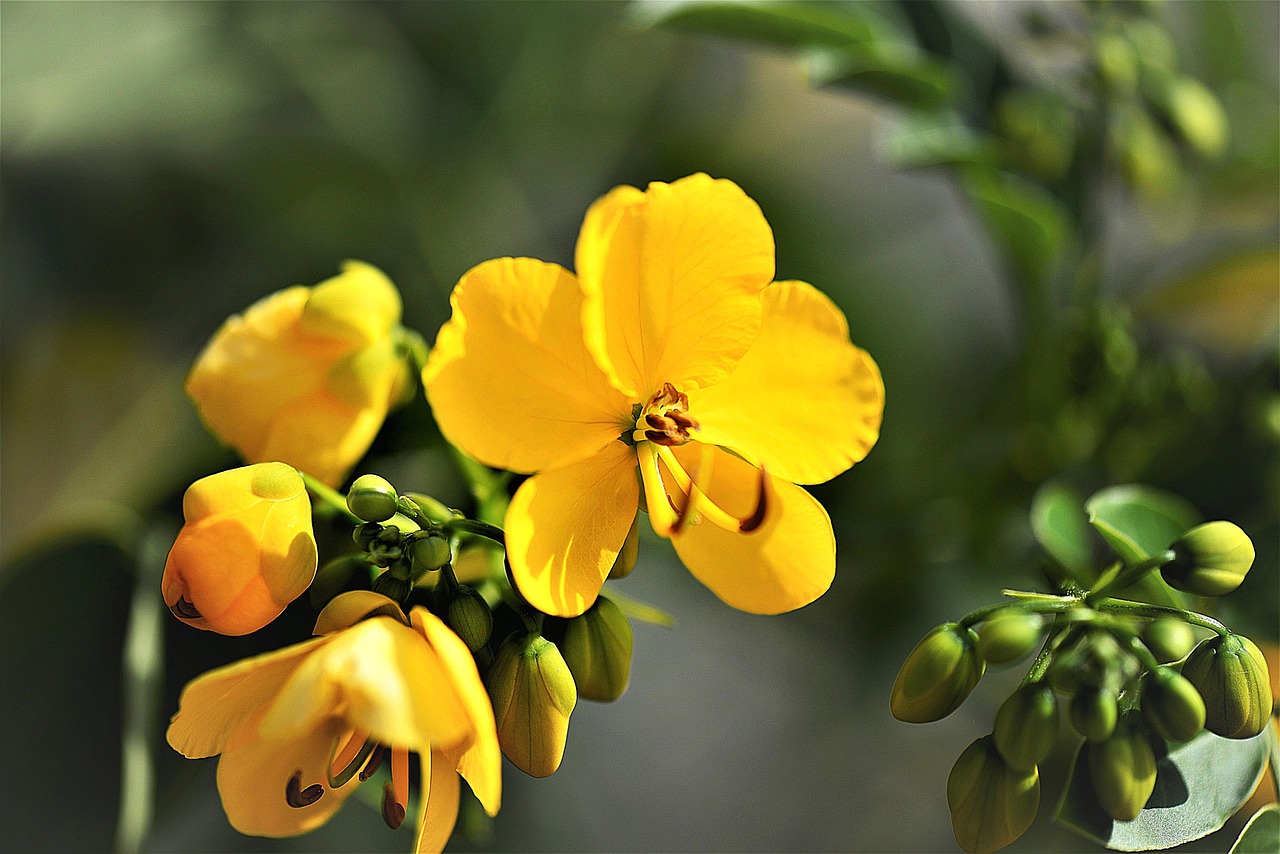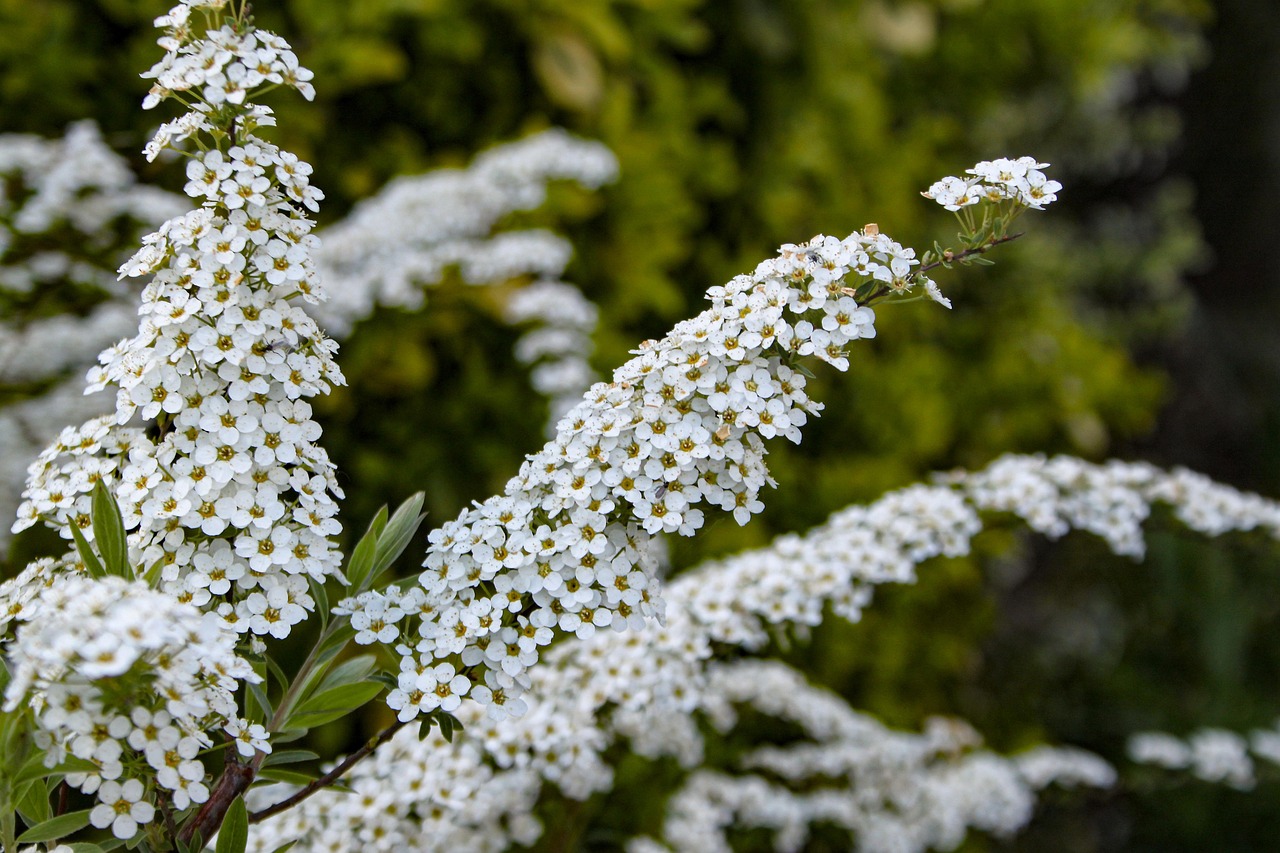European Privet | A Garden Plant that Supported Europe’s Hedge Culture
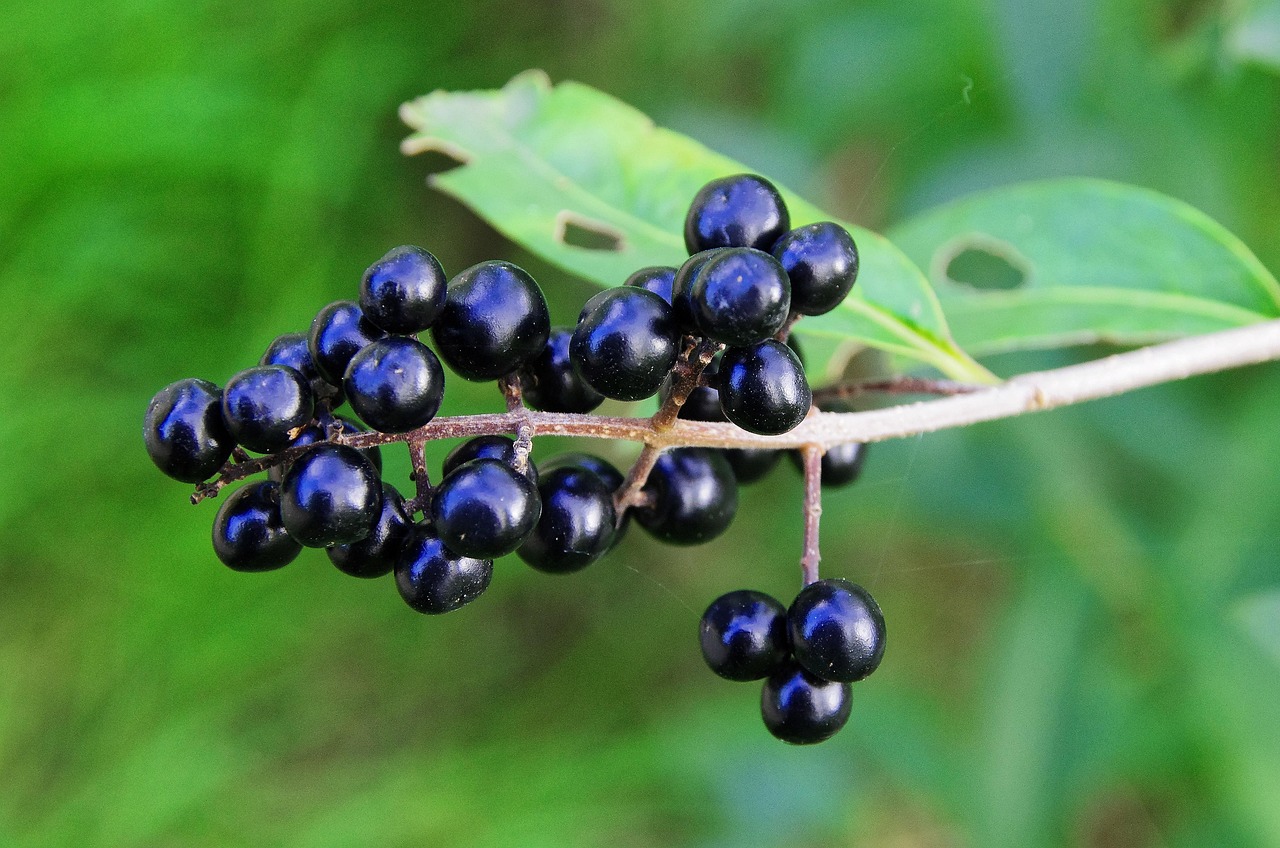
The European privet is a deciduous or semi-evergreen shrub with small white flowers and black-purple fruits.
I value this plant for its modest yet elegant blossoms and its stable appearance throughout the seasons. Native to Europe and Asia, it has long been cherished as a hedge and garden shrub, and it continues to be widely cultivated in many gardens.
In this article, I explain the essential information, cultural background, history, and cultivation methods of the European privet.
Basic Information
- Scientific name: Ligustrum vulgare
- Family: Oleaceae
- Origin: Europe, North Africa, West Asia
- Appearance: Produces clusters of small white flowers in early summer, followed by black-purple berries in autumn. The leaves are opposite, oval, and slightly glossy. Depending on the region, the plant may be deciduous or semi-evergreen.
- Flowering season: June to July
- Fruiting season: Autumn
Cultural Significance Around the World
The European privet has been used as a garden plant across Europe for centuries.
In England and France, it is commonly planted as hedges, where its neat form and dense foliage create beautiful boundaries. Because its flowers and fruits discreetly mark the changing seasons, it has also been frequently planted in monastery and church gardens.
In Germany and Austria, people have appreciated its fruits that remain on the branches in winter, symbolizing seasonal change.
In the United States, the European privet has gained popularity as a hardy shrub for streets and gardens, especially among those who favor naturalistic landscaping.
Historical Episodes
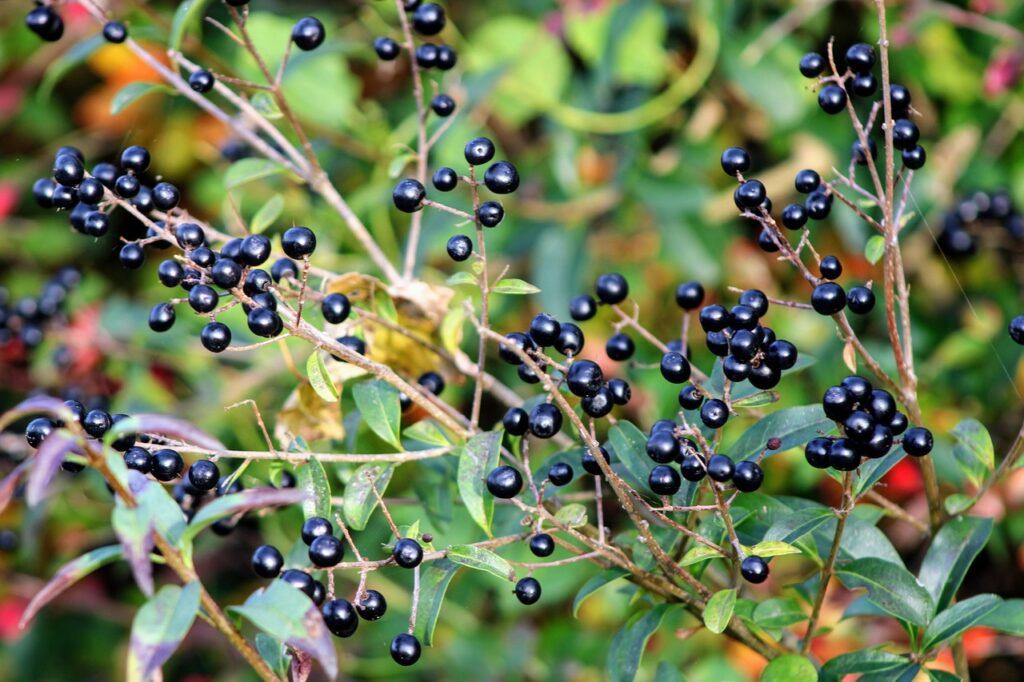
The European privet was already cultivated in ancient Rome, where it served as windbreaks and privacy hedges.
As the Roman Empire expanded, its cultivation spread throughout Western Europe.
In medieval Europe, it was commonly grown in rural and monastic gardens, valued as an easy-to-maintain plant resistant to pruning.
With the development of hedge culture in England, especially after the 18th century, neatly trimmed privets became an essential element in formal garden design.
By the 19th century, it was introduced to North America, where it spread in urban parks and suburban gardens.
Even today, it is widely used in both naturalistic and classical gardens across Europe and America.
Gardening Advice
The European privet is relatively easy to grow and can be used in various ways in garden design. Below are the main care points to keep it beautiful:
Sunlight
Prefers full sun but also grows well in partial shade. More sunlight improves flowering and form.
Watering
For plants in the ground, rainfall is usually sufficient. For potted plants, water thoroughly when the soil surface dries. Avoid overwatering.
Soil
Prefers well-drained soil. In clay soils, mixing compost or sand improves conditions.
Fertilizer
Requires little fertilization. A small amount of slow-release fertilizer in early spring is enough.
Pruning
Highly tolerant of pruning and easy to shape. Light pruning once or twice a year, in spring and autumn, maintains a neat form.
Cold hardiness
Hardy in winter. In colder regions, mulching around the base helps protect roots.
Conclusion
The European privet is a shrub that expresses the changing seasons through its small white flowers and black-purple fruits.
In Europe, it has long been used for hedges, bringing harmony and elegance to gardens with its neat form.
Cultivated since ancient Roman times, it is still commonly planted in parks, monasteries, and residential areas.
Thanks to its adaptability to sunlight, water, and pruning, it fits naturally into various garden styles and continues to be cherished as a long-lasting element of the landscape.

